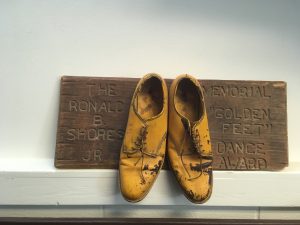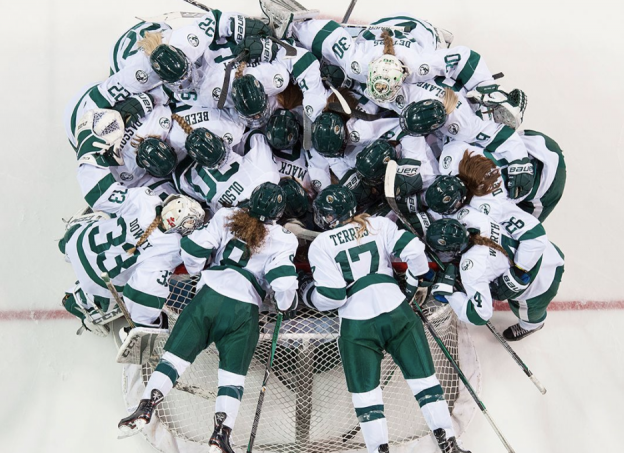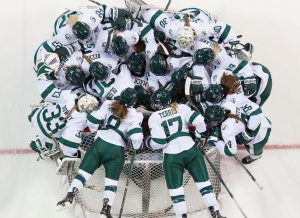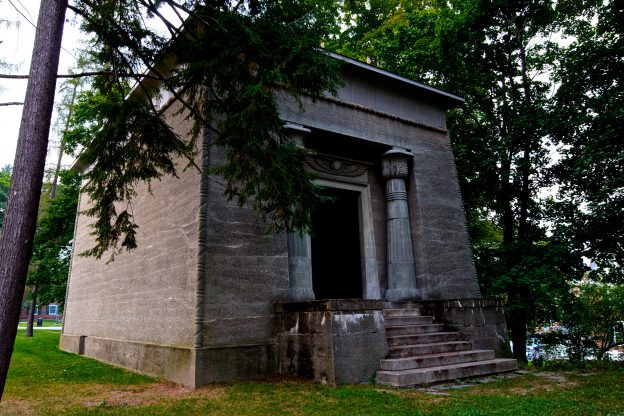General Information about Item:
- Customary folklore, tradition
- Language: English
- Country of Origin: United States
- Informant: Amy Tsai
- Date Collected: 2-27-18
Informant Data:
- Amy Tsai was born in China on October 13, 1999. But then her family relocated to Orlando, Florida when she was a child. According to Amy, she has been playing the cello from a very young age, 8 to be specific. Currently, Amy is a freshmen at Dartmouth College. At school, Amy is a member of the Dartmouth Symphonic Orchestra (DSO) as a cellist. She does not yet know what she will major in, but she is attracted towards biology.
Contextual Data:
- Cultural Context: Within any group of students/peers/friends, there is always some sort of “humor.” Going off of this idea, there is definitely a a lot of humor related to instruments and practices in any orchestra. And like any type of humor, mostly everyone in the orchestra becomes aware of it at some point in their life. Since there are many sections within an orchestra, each section being its own instrument, they would probably have their own range of humor.
- Social Context: This item was mentioned when I asked Amy about any instances of humor within the cello section. At first, she had a hard time coming up with this item, as she was unsure whether the item she had in mind was actually an item that could be used for this project. Finally during the interview, Amy noted that there was one joke that she head from her best friend in middle school, who played the oboe.
Items:
- The item of folklore that Amy mentioned during the interview was related to children’s folklore, since she had learned of it as a child and the joke was created by another child of her age. The joke goes along the lines of, “How do you make a violin sound like a viola?”. The punchline is, “Sit in the back and don’t play.” The explanation for such a joke is that violas (and mostly all wind instruments) are considered the worst instruments in the orchestra, and for most pieces their existence isn’t even required.
Associated file (a video, audio, or image file): Viola

Transcript:
- “My best-friend told me this joke, and ever since I’ve always remembered it whenever someone brings up the viola or the wind-instruments during practice or concerts.”
Informant’s Comments:
- This is Amy’s first year at Dartmouth, and she says that so far DSO has been her home away from home.
Collector’s Comments:
- Amy was very easy to interview, and actually remembered the whole joke which was very helpful.
Collector’s Name: Aditya Srivastava
Tags/Keywords:
- Children’s folklore
- Humor
- Violas
- Cello
- Orchestra







